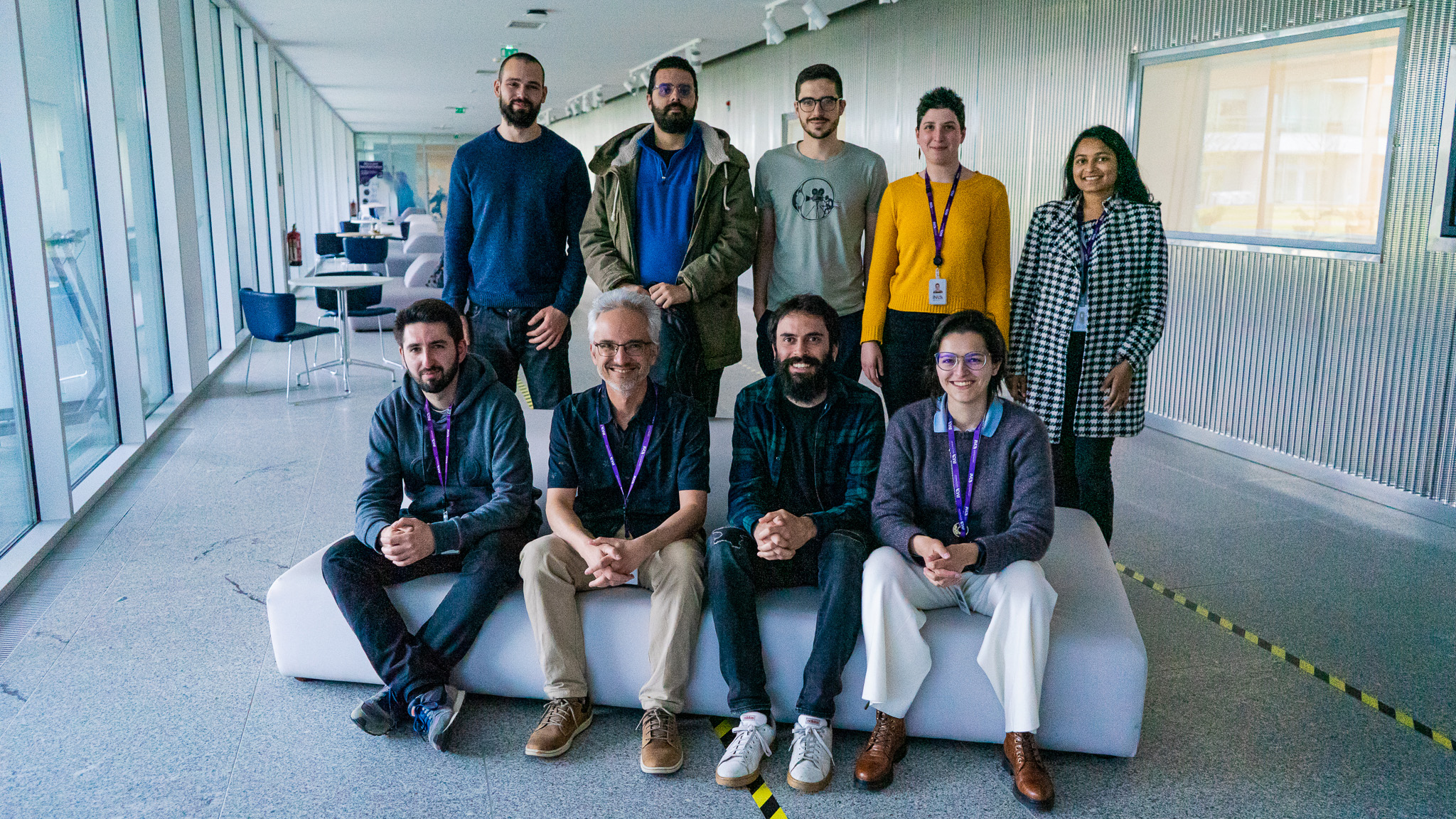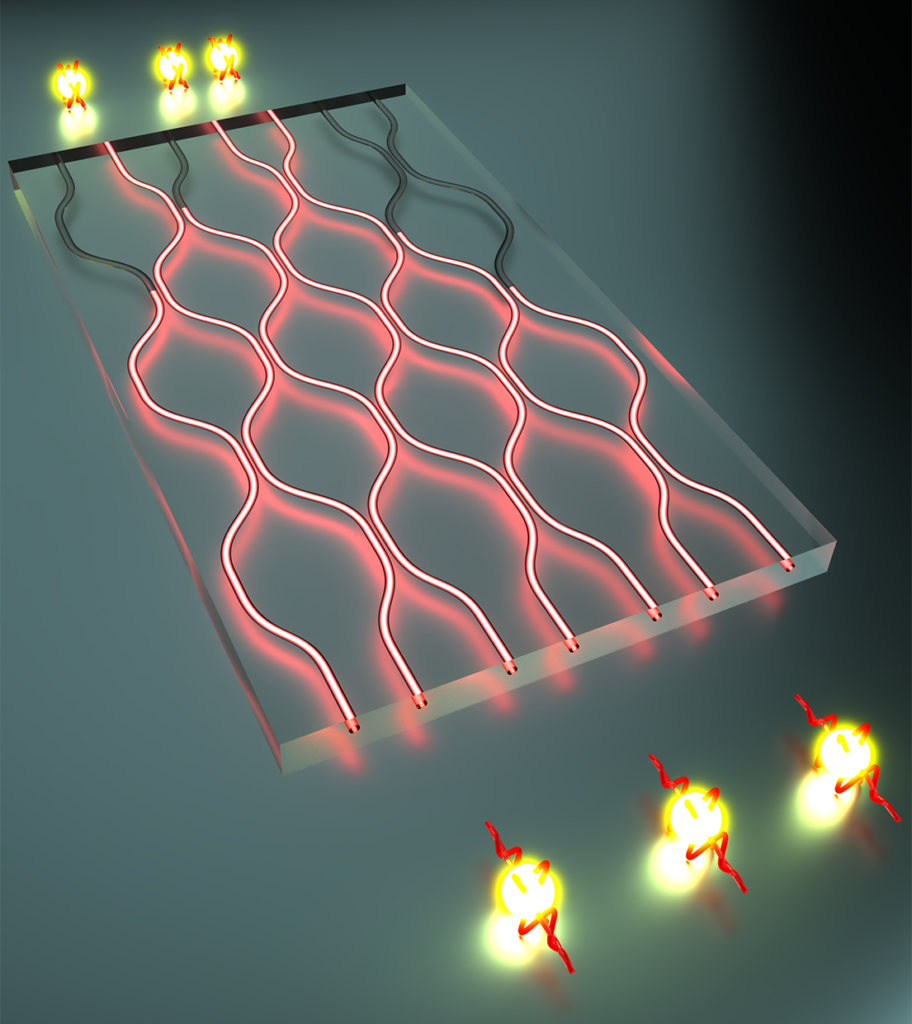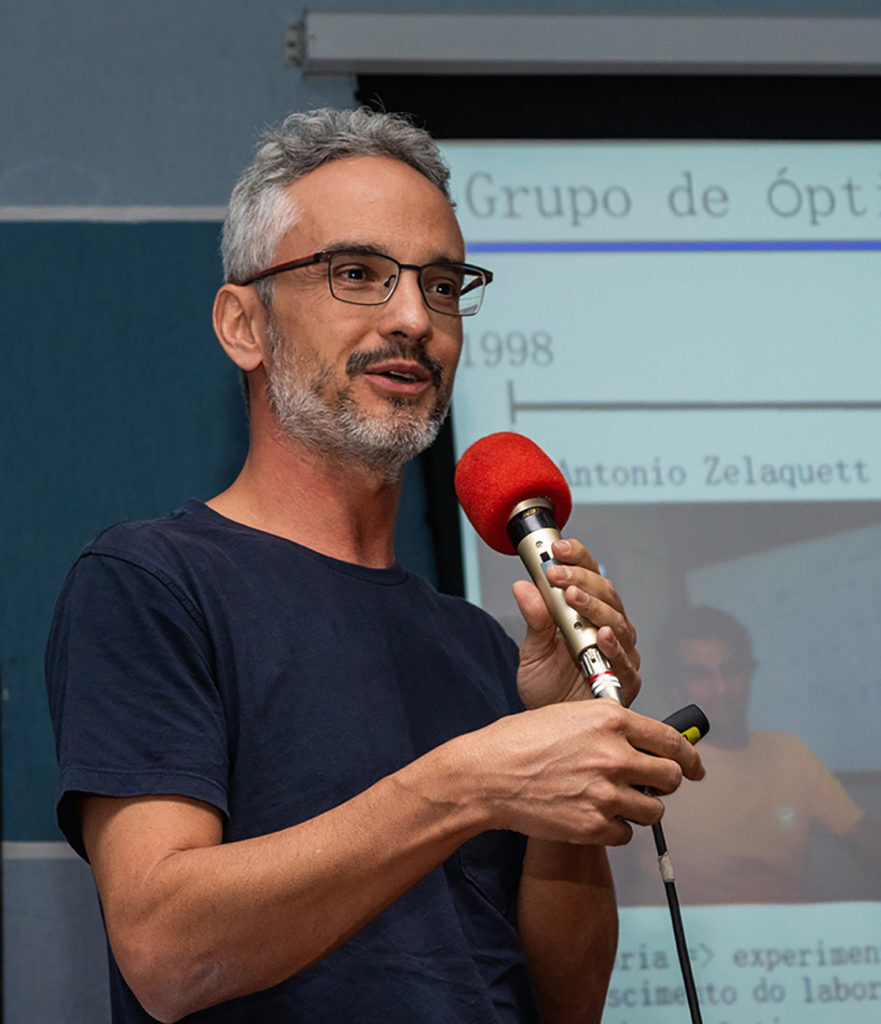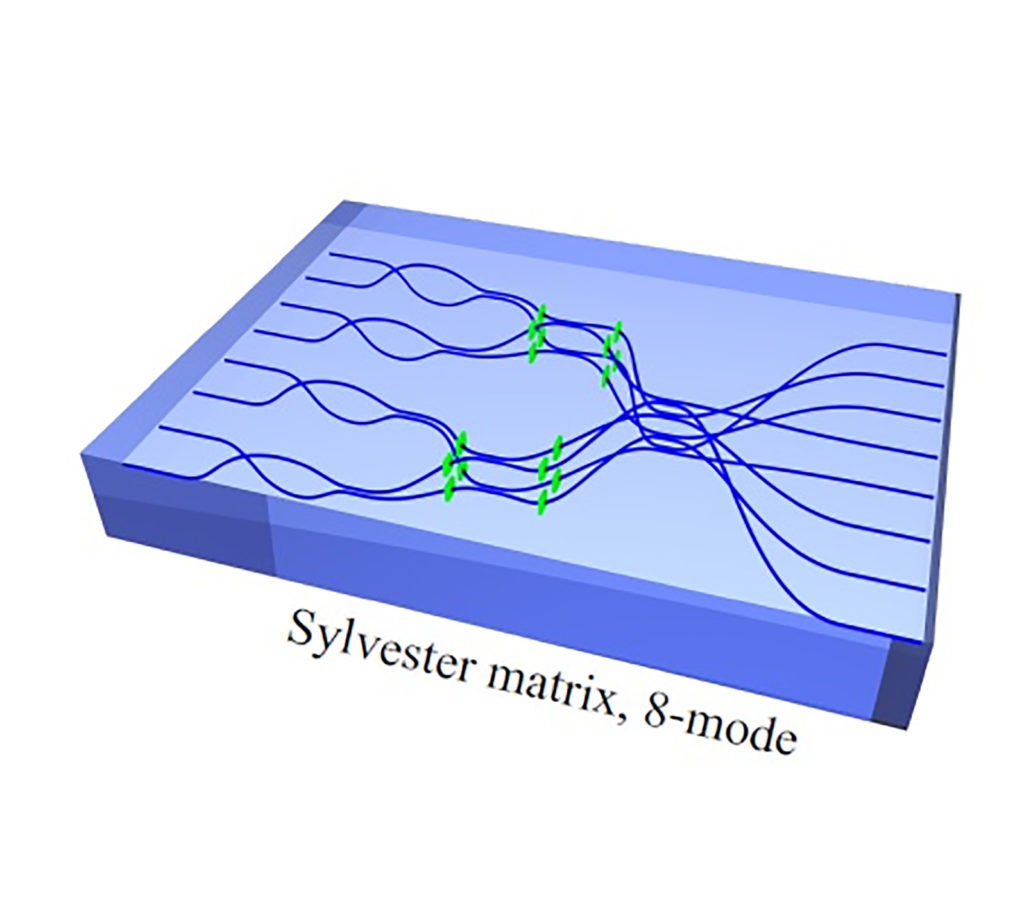
Quantum and Linear-Optical Computation
Quantum information science has the potential to revolutionize information processing, in the form of dramatically faster quantum algorithms and novel protocols for cryptography, metrology, and sensing. The Quantum and Linear-Optical Computation group explores the features of quantum theory that enable advantage in quantum information processing tasks, in particular, those present in photonic implementations of quantum computers. There is not a single way to harness these quantum effects, so studying different models of quantum computation enables us to pinpoint different ways to get quantum systems to work their magic.
Our group has 3 main research lines:
- Foundations of quantum computation
- Quantification of resources for quantum computational advantage: quantum contextuality, coherence, non-locality, adaptivity, etc.
- Optimizing different models of quantum computation, especially for the current regime of Noisy, Intermediate-scale Quantum (NISQ) devices: measurement-based quantum computation, variational quantum algorithms, Bayesian methods and machine learning for device characterization and metrology.
- Photonic quantum computation
- Requirements for scalable photonic quantum computation;
- Characterization of multiphoton indistinguishability;
- Computational uses for complex, reconfigurable multi-mode interferometers;
- Classical simulation algorithms.
- Quantum software engineering
- Semantic structures able to comply with different types of classical control (non-deterministic, probabilistic, continuous) and quantum data;
- Algorithmic calculi stemming from the semantics above for the systematic derivation of quantum programs in a compositional way;
- Dynamic logics for the quantum domain to support the formulation of contracts for quantum algorithms and their compositional verification;
- Compositional methods for coordination of distributed quantum computational systems — a main requirement for obtaining optimally responsive global quantum networks.



Projects
Publications
-
Inequalities witnessing coherence, nonlocality, and contextuality
Phys. Rev. A 109, 032220 (2024)., 2024Combining contextuality and causality: a game semantics approach
S. Abramsky, R. S. Barbosa, A. Searle, Phil. Trans. R. Soc. A. 382: 20230002., 2024Measuring relational information between quantum states, and applications
Michał Oszmaniec et al 2024 New J. Phys. 26 013053, 2024Non-stabilizerness and entanglement from cat-state injection
NEW JOURNAL OF PHYSICS, 2024Quantum circuits for measuring weak values, Kirkwood–Dirac quasiprobability distributions, and state spectra
Quantum Sci. Technol. 9 015030 (2024)., 2024Coherence and contextuality in a Mach-Zehnder interferometer
R. Wagner, A. Camillini, E. F. Galvão, Quantum 8, 1240 (2024)., 2024Quantum advantage in temporally flat measurement-based quantum computation
Quantum 8, page 1312 (2024), 2024 -
Quantum circuit compilation and hybrid computation using Pauli-based computation
QUANTUM, 2023Non-separability classification of degrees of freedom of light assisted by machine learning
OPTICS COMMUNICATIONS, 2023Quantum circuits to measure scalar spin chirality
L. I. Reascos, Bruno Murta, E. F. Galvão, and J. Fernández-Rossier. Phys. Rev. Research 5, 043087 (2023), 2023Simple proof that anomalous weak values require coherence
Rafael Wagner and Ernesto F. Galvão, Phys. Rev. A 108, L040202 (2023), 2023Experimental certification of contextuality, coherence, and dimension in a programmable universal photonic processor
Taira Giordani et al. ,Experimental certification of contextuality, coherence, and dimension in a programmable universal photonic processor. Sci. Adv.9, eadj4249 (2023).DOI:10.1126/sciadv.adj4249 , 2023Machine learning classification of speckle patterns for roughness measurements
Physics Letters A, 128736 (2023)., 2023Boson bunching is not maximized by indistinguishable particles
NATURE PHOTONICS, 2023Non-linear Boson Sampling
NPJ QUANTUM INFORMATION, 2023Partial nonseparability of spin-orbit modes
JOURNAL OF OPTICS, 2023Sheaf representation of monoidal categories
ADVANCES IN MATHEMATICS, 2023Closing Bell: Boxing black box simulations in the resource theory of contextuality
Chapter in "Samson Abramsky on Logic and Structure in Computer Science and Beyond", A. Palmigiano, M. Sadrzadeh (eds), vol. 25 of Outstanding Contributions to Logic. Springer., 2023 -
Quadratic Speedup for Spatial Search by Continuous-Time Quantum Walk
PHYSICAL REVIEW LETTERS, 2022Compiling Quantamorphisms for the IBM Q Experience
IEEE TRANSACTIONS ON SOFTWARE ENGINEERING, 2022Continuous-variable nonlocality and contextuality
COMMUNICATIONS IN MATHEMATICAL PHYSICS, 2022Spin-orbit maximally discordant mixed states
PHYSICAL REVIEW A, 2022 -
The logic of contextuality
29th EACSL Annual Conference on Computer Science Logic (CSL 2021) Leibniz International Proceedings in Informatics (LIPIcs) 183: 5:1–5:18, 2021Witnesses of coherence and dimension from multiphoton indistinguishability tests
PHYSICAL REVIEW RESEARCH, 2021Gaussian optical networks for one-dimensional anyons
PHYSICAL REVIEW A, 2021 -
Quantum and classical bounds for two-state overlaps
PHYSICAL REVIEW A, 2020Experimental quantification of four-photon indistinguishability
NEW JOURNAL OF PHYSICS, 2020
